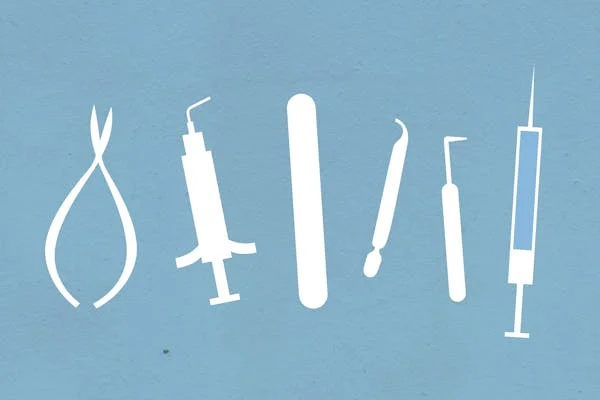Introduction
Everyone experiences a variety of emotions throughout the day. Some days are filled with happiness and energy, while others may bring stress, fatigue, or frustration. How Was Your Day Feelings Check OutClipart in with your feelings at the end of the day is an essential practice for maintaining emotional well-being. It helps individuals track emotions, recognize patterns, and understand personal mental health.
A feelings check-out clipart is an engaging and effective tool that visually represents emotions. These images simplify emotional expression and communication. This guide explores the significance of a feelings check-out, its applications, benefits, and how it contributes to emotional well-being.
Understanding Daily Feelings
Every person experiences different emotions throughout the day. Recognizing and understanding these feelings can improve self-awareness and promote emotional balance. By identifying emotions, individuals can take appropriate actions to maintain mental and emotional health.
Some emotions may be influenced by personal experiences, interactions, workload, or unexpected events. A daily feelings check-out can help track these emotions over time, allowing individuals to notice patterns and triggers that impact their mood.
What is a How Was Your Day Feelings Check OutClipart?
A feelings check-out clipart is a visual representation of different emotions. It features a set of expressive images that depict various moods, helping individuals identify their emotions more easily. These images are commonly used in schools, workplaces, and therapy sessions to encourage emotional expression.
Why Use a Feelings Check-Out Clipart?
- Encourages Self-Reflection: Helps individuals recognize their emotions.
- Facilitates Open Communication: Encourages discussion about feelings.
- Supports Emotional Well-Being: Helps in managing stress and anxiety.
- Effective for All Ages: Useful for both children and adults in different settings.
How to Use a Feelings Check-Out Clipart
Step 1: Choose an Image
Look at the various images in the clipart and select the one that best represents your current emotions. This step allows for quick emotional identification.
Step 2: Reflect on Your Day
Think about key events and interactions that influenced your mood. Identify what contributed to your happiness, stress, frustration, or excitement. This reflection helps recognize emotional triggers and patterns.
Step 3: Share Your Feelings
If you are in a group setting, share your selected image and explain your emotions. Discussing feelings with others fosters communication and provides emotional support.
Step 4: Track Your Emotions
Regularly using a feelings check-out clipart can help track emotional patterns over time. Keeping a journal alongside this practice can provide additional insights into mood fluctuations and well-being.
Benefits of Using a Feelings Check-Out Clipart
For Individuals:
- Enhances Emotional Awareness: Helps individuals recognize and express their emotions.
- Reduces Stress and Anxiety: Encourages emotional release and self-care.
- Improves Decision-Making: Helps in managing emotions effectively.
For Educators and Counselors:
- Understanding Student Emotions: Provides insights into students’ emotional states.
- Creating a Safe Space: Encourages open conversations in classrooms.
- Supporting Mental Health Programs: Assists in developing emotional well-being strategies.
For Workplaces:
- Improves Employee Communication: Encourages discussions about mental well-being.
- Enhances Teamwork: Helps employees understand each other better.
- Promotes a Positive Work Environment: Supports emotional health and productivity.
Practical Applications of How Was Your Day Feelings Check OutClipart
In Schools
- Teachers can use clipart to check students’ emotional well-being.
- Helps students express their feelings in a non-verbal way.
- Encourages emotional intelligence development.
In Workplaces
- Can be used in team meetings to assess employees’ moods.
- Helps managers understand employees’ concerns and morale.
- Promotes a supportive work culture.
In Therapy and Counseling
- Supports therapists in understanding clients’ emotions.
- Provides a non-intimidating way for clients to share feelings.
- Enhances communication between therapists and clients.
Tips for an Effective Feelings Check-Out
- Make It a Routine: Perform a daily check to track emotions consistently.
- Be Honest: Select the image that truly reflects your mood.
- Encourage Others: Promote emotional check-ins in groups or workplaces.
- Use Alongside Journaling: Write about emotions to gain deeper insights.
Sample Daily Feelings Table
| Time of Day | Emotion | Reason |
|---|---|---|
| Morning | Happy | Enjoyed breakfast and morning exercise |
| Afternoon | Stressed | Work deadlines and meetings |
| Evening | Relaxed | Spent quality time with family |
How to Improve Emotional Awareness
Practice Mindfulness
Mindfulness helps in recognizing emotions without judgment. It allows individuals to stay present and understand their feelings more clearly. Techniques like deep breathing, meditation, and mindful walking can enhance emotional awareness.
Maintain a Mood Journal
Writing down daily emotions and their causes can help identify patterns over time. A mood journal is useful in understanding how specific events impact overall well-being.
Engage in Open Conversations
Talking about emotions with friends, family, or therapists can help release emotional stress. Expressing feelings openly builds emotional intelligence and improves relationships.
Participate in Relaxing Activities
Engaging in hobbies like reading, painting, or playing music can help manage emotions. Physical activities like yoga and exercise also contribute to emotional balance.
Conclusion
A feelings check-out clipart is an effective tool for tracking emotions and improving self-awareness. It helps individuals, educators, and workplaces enhance emotional well-being through visual representation and communication. Regular use of this tool encourages reflection, supports mental health, and fosters better relationships.
By incorporating a daily emotional check-in, individuals can take proactive steps to manage their feelings and create a more balanced life. Start today by making feelings check-out a part of your routine and experience the benefits of improved emotional awareness.



